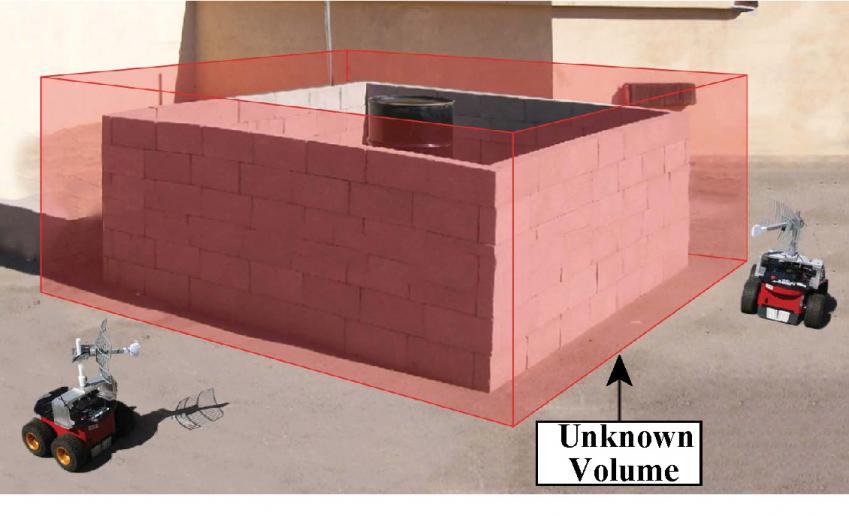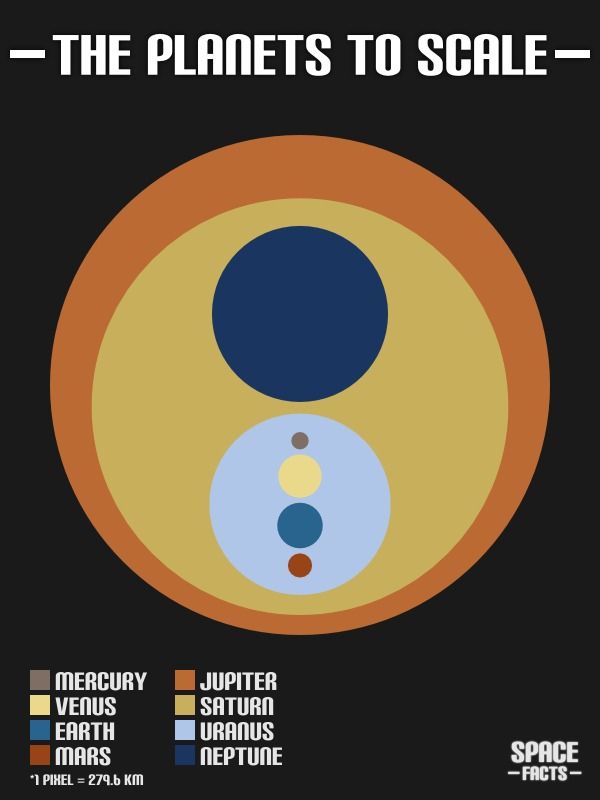Sep 21, 2015
Open Source ‘Solar Pocket Factory’ Can 3D Print a Solar Panel Every 15 Seconds
Posted by Shailesh Prasad in categories: 3D printing, computing, electronics, mobile phones, solar power, sustainability
Shawn Frayne and Alex Hornstein, two young inventors based in the Philippines, are taking their passion for clean free energy and developing a way to make it accessible and cheap for everyone. These guys are working restlessly to provide a product that could be used by practically anyone to make homemade solar panels.
The factory is small enough to fit on a desktop and efficient enough to produce 300k to one million panels per year, up to one every 15 seconds. By cutting out much of the labor intensive process, which represents 50% of the total cost, this machine can dramatically reduce the price of solar. Their pocket solar panel producer can change the way the world views electricity. Image credit: YouTube/SciFri
Continue reading “Open Source ‘Solar Pocket Factory’ Can 3D Print a Solar Panel Every 15 Seconds” »














